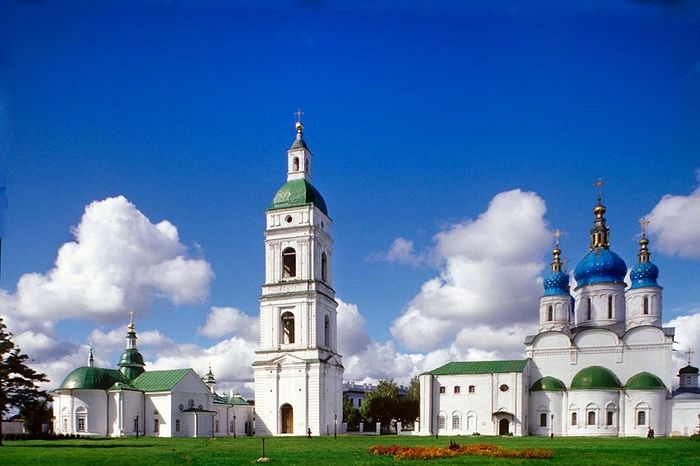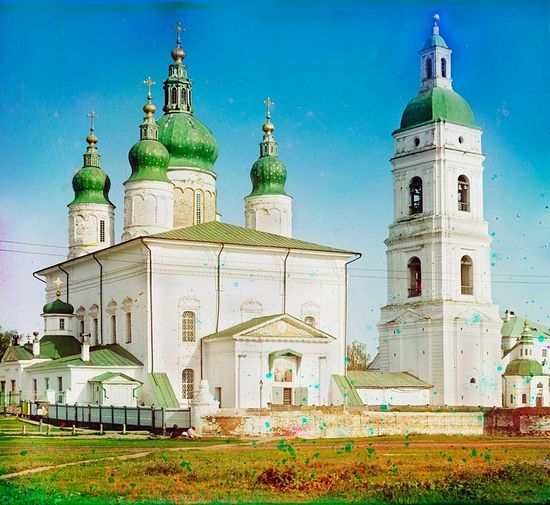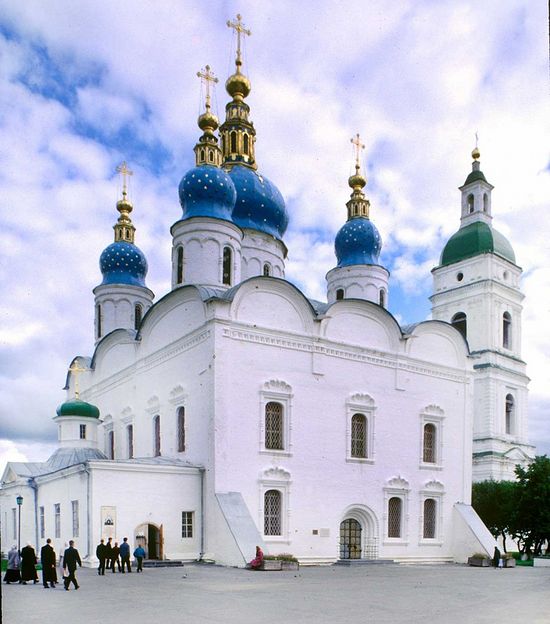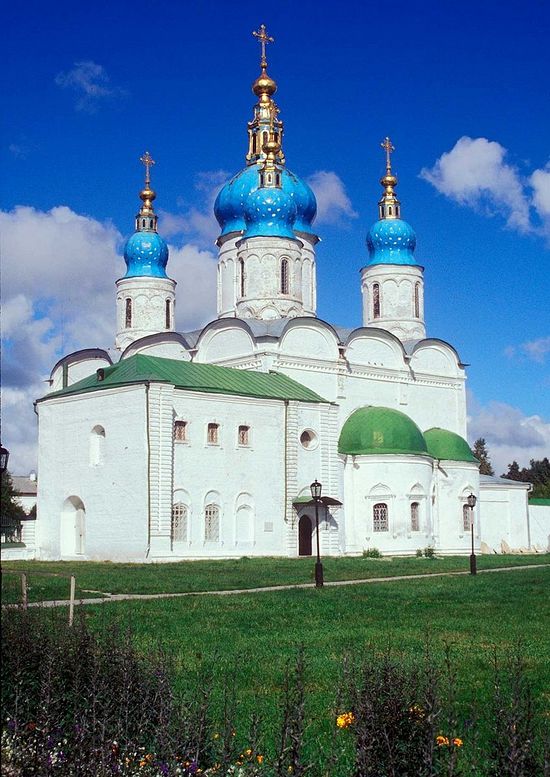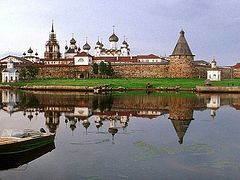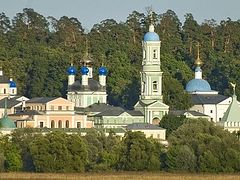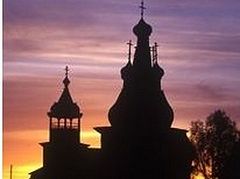Source: Russia Beyond the Headlines
August 18, 2017
At the beginning of the 20th century, the Russian chemist and photographer Sergei Prokudin-Gorsky invented a complex process for vivid, detailed color photography (see box text below). His vision of photography as a form of education and enlightenment was demonstrated with special clarity through his photographs of architectural monuments in the historic sites throughout the Russian heartland.
In June 1912, Prokudin-Gorsky ventured into western Siberia as part of a trip along the Kama-Tobolsk Waterway, a historic link between the European and Asian sides of the Ural Mountains. The part of his journey from Tyumen (on the Tura River) to Tobolsk was on the small paddlewheel steam cutter “Tyumen,” which he photographed. In Tobolsk, he took a number of photographs, including an excellent view of the St. Sophia-Dormition Cathedral, the earliest church monument. My photographs of the cathedral ensemble were taken in the late summer of 1999.
Until the Soviet period, western Siberia was ruled primarily from Tobolsk, whose citadel overlooked the high right bank of the Irtysh River, a tributary of the mighty Ob River and a critical artery for Russian movement into Siberia. It was near the Irtysh that a band of Cossacks, led by the legendary Yermak and supported by the Stroganovs, defeated the Tatar troops of Khan Kuchum in 1582.
Yermak was killed in a surprise raid in 1584, and initially little was done with the area he had conquered. However, Boris Godunov — the powerbroker behind the Muscovite throne who became tsar himself in 1598 — understood the enormous significance of Siberia and launched a campaign to establish settlements there. Tobolsk was founded in 1587 by the Cossack leader Daniel Chulkov at the confluence of the Tobol and Irtysh Rivers.
...Read the rest at Russia Beyond the Headlines.

